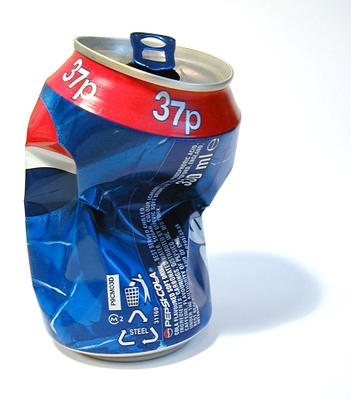
After visiting http://funphysics.jpl.nasa.gov/adventures/temperature-game.html, I knew a lot more about temperature than before. Did you know that….
Boiling Point = 212ºF
Death Valley = 134ºF
Human Body = 98.6ºF
Room Temperature = 68ºF
Freezing = 32ºF
Mars = -81ºF
Antarctica = -128ºF
Saturn = -229ºF
Space = -454.54ºF
SuperFluid Helium = -455.76ºF
Heat plays a major role in atomic or molecular motion, Molecules move rapidly in a gas or liquid when it’s hot and slower if it’s cool. Moreover, atoms vibrate when for a solid. Lastly, there are three different units of temperature
-Celsius
-Fahrenheit
-Kelvin
Boiling Point = 212ºF
Death Valley = 134ºF
Human Body = 98.6ºF
Room Temperature = 68ºF
Freezing = 32ºF
Mars = -81ºF
Antarctica = -128ºF
Saturn = -229ºF
Space = -454.54ºF
SuperFluid Helium = -455.76ºF
Heat plays a major role in atomic or molecular motion, Molecules move rapidly in a gas or liquid when it’s hot and slower if it’s cool. Moreover, atoms vibrate when for a solid. Lastly, there are three different units of temperature
-Celsius
-Fahrenheit
-Kelvin




